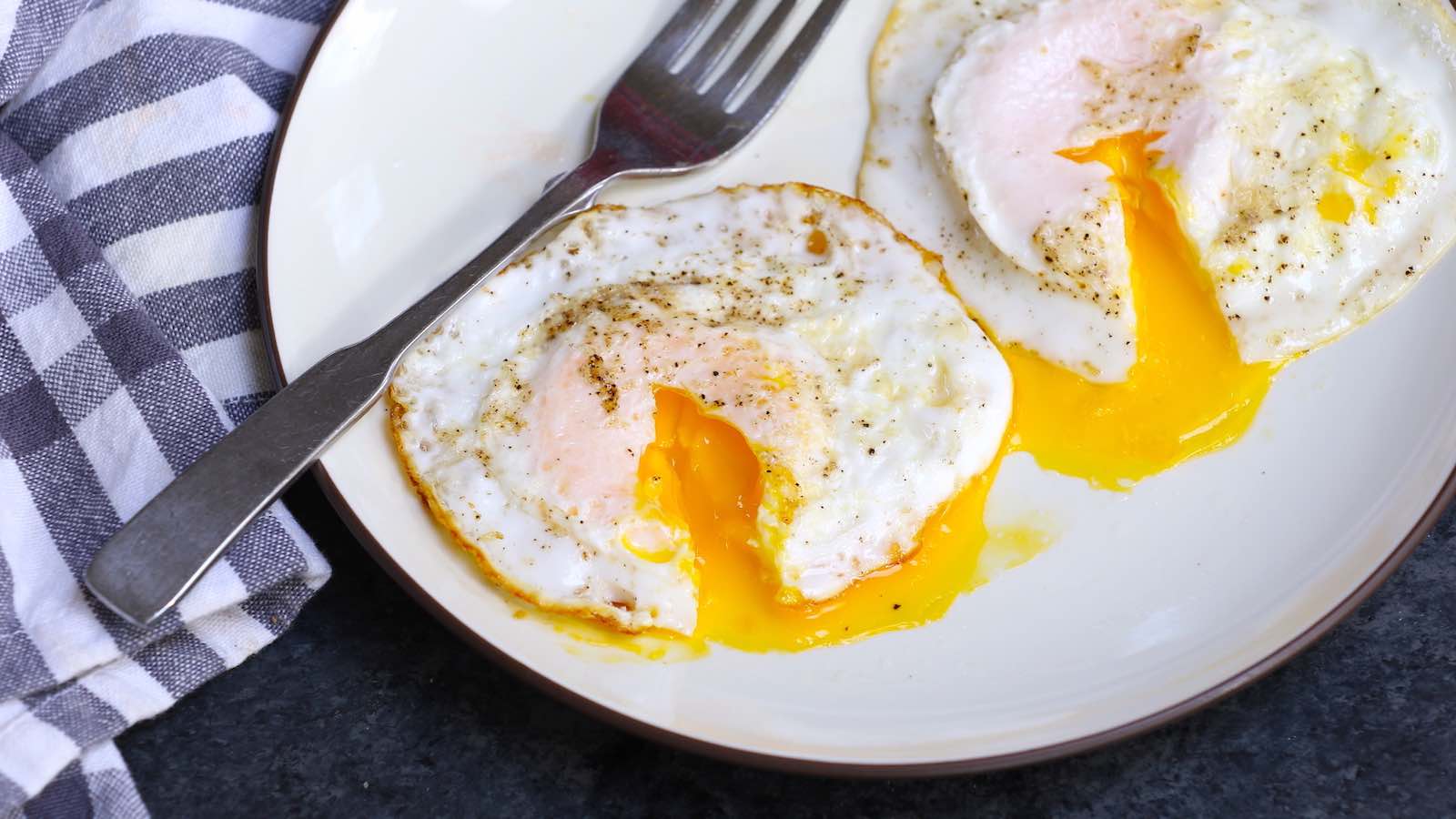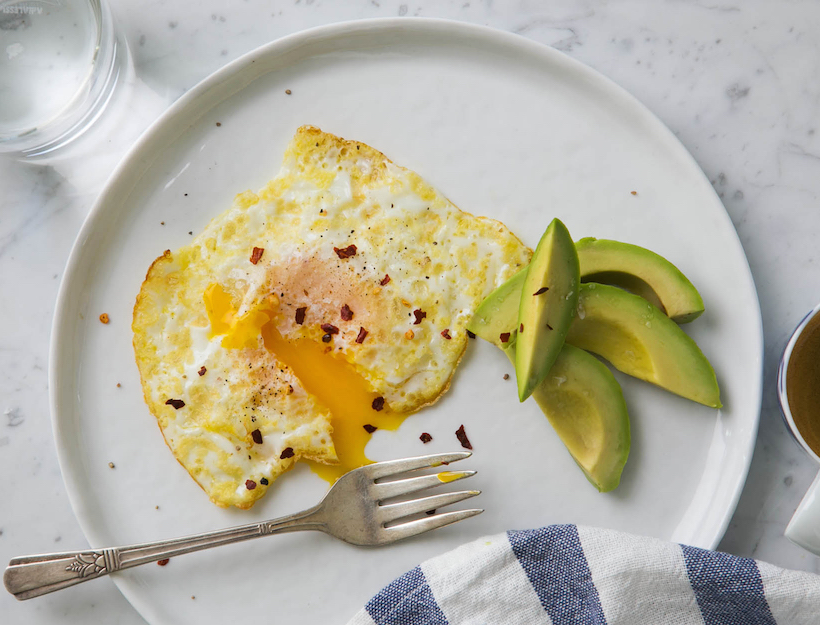Cooking eggs is an art form, and mastering the technique of making over easy eggs can elevate your breakfast game to new heights. In this guide, we’ll explore the ins and outs of crafting the perfect over easy eggs, ensuring you achieve that delicate balance of a firm white and a runny yolk every time.
Key Takeaways
- Over easy eggs are cooked on both sides, with a runny yolk and fully cooked whites.
- Proper technique and the right tools are essential for achieving perfect over easy eggs.
- Common mistakes include overcooking the yolk and breaking the egg during flipping.
- Over easy eggs can be paired with a variety of dishes for a delicious meal.
What Are Over Easy Eggs?
Over easy eggs are a popular breakfast choice characterized by their lightly cooked whites and runny yolk. The term “over easy” refers to the method of cooking: the eggs are first fried on one side and then gently flipped to cook the other side just enough to set the whites while keeping the yolk liquid. This style of egg is perfect for those who enjoy the richness of a runny yolk without the rawness of sunny-side-up eggs.
How to Cook Over Easy Eggs
The secret to perfect over easy eggs lies in the technique. Here’s a step-by-step guide to help you master this culinary skill:
- Choose the Right Pan: A non-stick skillet is ideal for cooking over easy eggs. It minimizes the risk of sticking and makes flipping much easier.
- Heat the Pan: Set your stove to medium-low heat and allow the pan to warm up. Add a small amount of butter or oil to the pan to prevent sticking and enhance flavor.
- Crack the Eggs: Gently crack the eggs into a bowl to ensure the yolks remain intact. Then, carefully slide the eggs into the pan.
- Cook the Whites: Allow the eggs to cook until the whites are mostly set but still slightly translucent on top, about 2-3 minutes.
- Flip the Eggs: Using a spatula, gently flip the eggs. Cook for an additional 10-15 seconds to set the whites without overcooking the yolk.
- Serve Immediately: Remove the eggs from the pan and serve immediately to enjoy the perfect over easy texture.
Common Mistakes to Avoid
Even seasoned cooks can make mistakes when cooking over easy eggs. Here are some common pitfalls and how to avoid them:
- Breaking the Yolk: Be gentle when flipping the eggs. Use a wide spatula and a steady hand to avoid breaking the yolk.
- Overcooking the Yolk: Keep a close eye on the eggs during the cooking process. The yolk should remain runny, so avoid cooking for too long after flipping.
- Using High Heat: High heat can cause the whites to become rubbery and the yolk to cook too quickly. Stick to medium-low heat for the best results.

Pairing Over Easy Eggs
Over easy eggs are versatile and can be paired with a variety of dishes. Here are some ideas to inspire your next meal:

- Avocado Toast: Top a slice of whole-grain bread with smashed avocado and an over easy egg for a nutritious breakfast.
- Breakfast Burrito: Wrap an over easy egg with cheese, salsa, and beans in a tortilla for a delicious breakfast burrito.
- Salad Topper: Add an over easy egg to your favorite salad for an extra boost of protein and flavor.
Health Benefits of Eggs
Eggs are a nutritional powerhouse, offering a variety of health benefits:
- Rich in Protein: Eggs are an excellent source of high-quality protein, essential for muscle repair and growth.
- Vitamins and Minerals: Eggs contain essential vitamins such as B12, D, and minerals like selenium and zinc.
- Heart Health: Despite concerns about cholesterol, studies have shown that moderate egg consumption does not negatively impact heart health for most people.

Mastering the art of cooking over easy eggs can transform your breakfast routine. With the right technique and a little practice, you can enjoy perfectly cooked eggs with a deliciously runny yolk every time. Whether you’re a seasoned chef or a kitchen novice, this guide provides all the information you need to achieve egg-cooking success. So grab your skillet and get cracking!